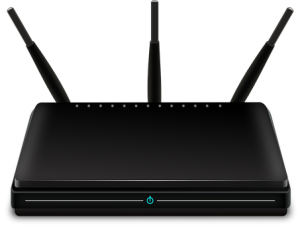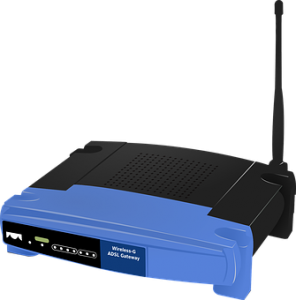Netgear router not working
Resolve Netgear router is not working. Easily Proven troubleshooting
The importance of staying connected to the internet cannot be overstated. A reliable internet connection is crucial for work, entertainment, or communication. However, sometimes our Netgear router must be fixed, leaving us upset and disconnected. In this article, we will explore some common issues that cause a Netgear router to malfunction and provide troubleshooting tips to help you get it back up and running.
Troubleshooting Steps for Netgear Router Not Working:
The physical components of a Netgear router can sometimes be the culprit when the device is not working correctly. Ensure that all cables and power supplies are properly connected. Check that the power supply provides adequate power to the router and that the cables are tightly secured in their respective ports. Loose connections or damaged cables can cause Netgear wifi not working fault, so checking these components carefully is essential. It will surely fix the Netgear internet not working error.
Additionally, ensure that the router is placed in a well-ventilated area, away from any sources of heat or interference. Overheating can cause Netgear wifi not working and interfere with its ability to transmit a wireless signal.
After checking the physical components of the Netgear router, the next step is to troubleshoot any connection issues between the router and modem. First, ensure the modem is correctly connected to the router using an Ethernet cable. Check that the cord is not damaged and securely plugged in at both ends.
Next, verify that the router is configured correctly to connect to the internet. This can be done by accessing the router’s settings through a web browser and checking the internet connection status. If the router is not connected to the internet, inputting the correct login credentials or contacting your internet service provider for assistance may be necessary. The ISP provider may help in eliminating the Netgear wifi router not working error effectively.
If the connection between the router and modem is good, but the router is still not working, resetting the Netgear router to its default settings may be necessary. This can be done by pressing and holding the reset button on the back of the router for 10 seconds or until the lights on the front of the router start to flash. This will erase any custom settings that may be causing the Netgear wifi router not working issue and allow the router to start fresh.
Once the router has been reset, it may be necessary to reconfigure the settings, such as the Wi-Fi network name and password. These settings can be accessed through the router’s settings page accessed through a web browser using the router’s IP address.
Common Issues and Fixes for Netgear Router Not Working:
Netgear firmware updates can sometimes cause issues with the router’s performance, including connectivity and performance issues. If the router is not working correctly after a firmware update, a few troubleshooting steps resolve the issue.
Reset the router to its default settings. This can be done by pressing and holding the reset button on the back of the router for at least 10 seconds or until the lights on the front of the router start to flash. This will erase any custom settings causing the Netgear internet not working issue and allow the router to start fresh.
If resetting the router doesn’t resolve the issue, it may be necessary to check for new firmware updates. Netgear regularly releases firmware updates to address known problems and improve router performance. These updates can be downloaded and installed through the router’s settings page and accessed through a web browser using the router’s IP address.
To check for new firmware updates, navigate to the router’s settings page and look for the firmware update section. If a new firmware update is available, follow the prompts to download and install the update. It’s important to note that the router should not be turned off during the firmware update process, as this can cause permanent damage to the device.
If your Netgear router is not working correctly after a firmware update, try resetting it to its default settings or check for any new firmware updates to resolve the issue.
Another common issue is Wi-Fi connectivity issues with Netgear routers. To troubleshoot Wi-Fi connectivity issues, try changing the channel your router is broadcasting on or adjusting the router’s antenna position.
Network security and firewall issues can also cause a Netgear router to malfunction. Check that the router’s firewall is not blocking any necessary connections and that security settings are correctly configured.
Advanced Troubleshooting for Netgear Router Not Working:
Network security and firewall issues can cause a Netgear router to malfunction and disrupt internet connectivity. It’s essential to ensure that the router’s firewall is not blocking any necessary connections and that the security settings are correctly configured.
Please check the firewall settings on the router. The firewall can block incoming and outgoing connections, which may prevent specific devices from accessing the internet or communicating with other devices on the network. Check the firewall settings on the router’s settings page, which can be accessed through a web browser using the router’s IP address.
Ensure the firewall is not set to the highest security level, which may block essential connections. Create custom firewall rules to allow certain connections or devices to access the network if necessary.
In addition to the firewall, it’s essential to ensure that the router’s security settings are correctly configured. Ensure that the router uses the latest security protocols, such as WPA3, to encrypt the wireless network. If the router still uses an outdated security protocol, such as WEP or WPA, it may be vulnerable to security breaches.
Conclusion:
Netgear internet not working can worsen your day because your work may have depended mainly on the internet. However, you can take many troubleshooting steps to get it up and running again. Check the physical components of the router, troubleshoot connection issues with your modem, and reset the router to its default settings if necessary.

